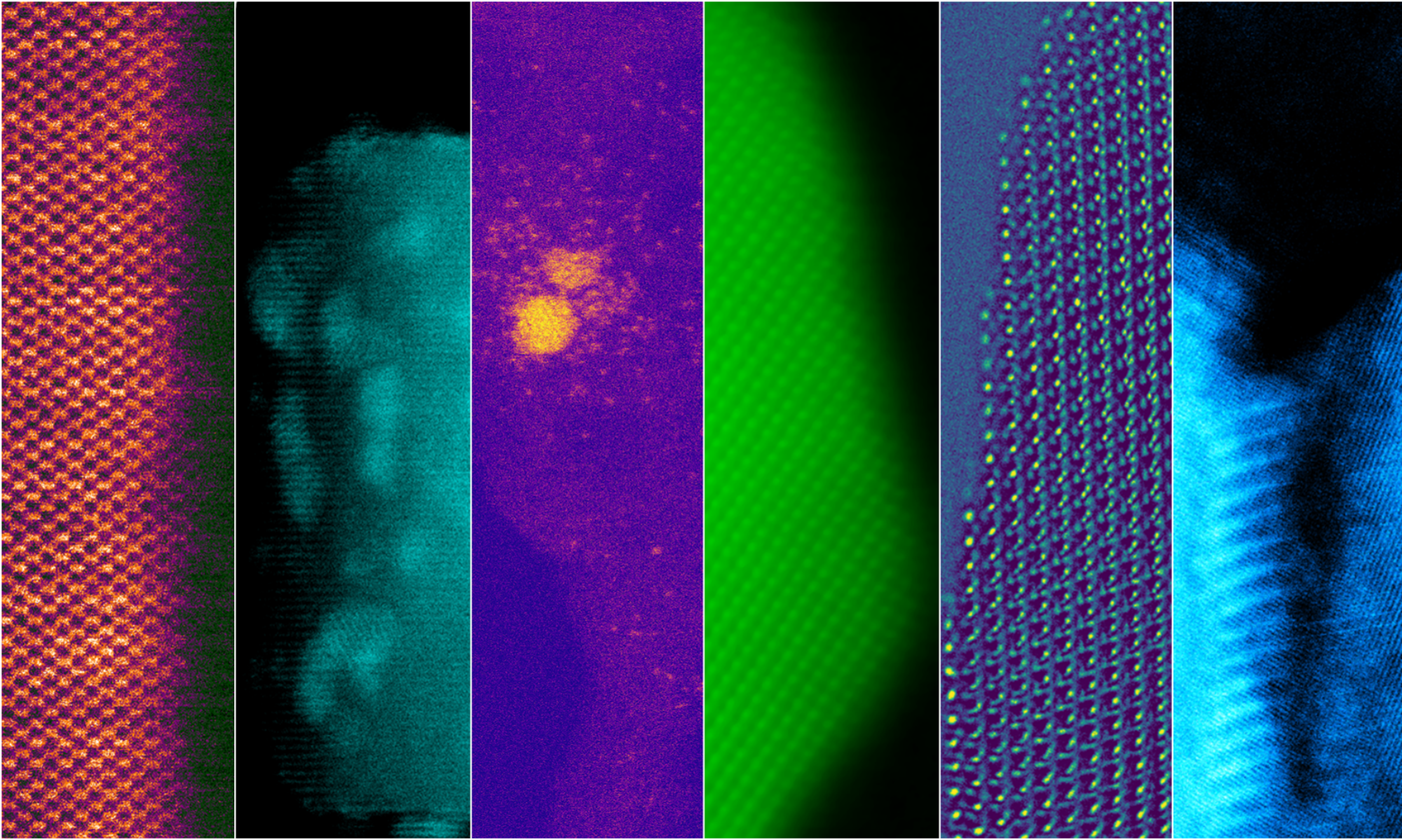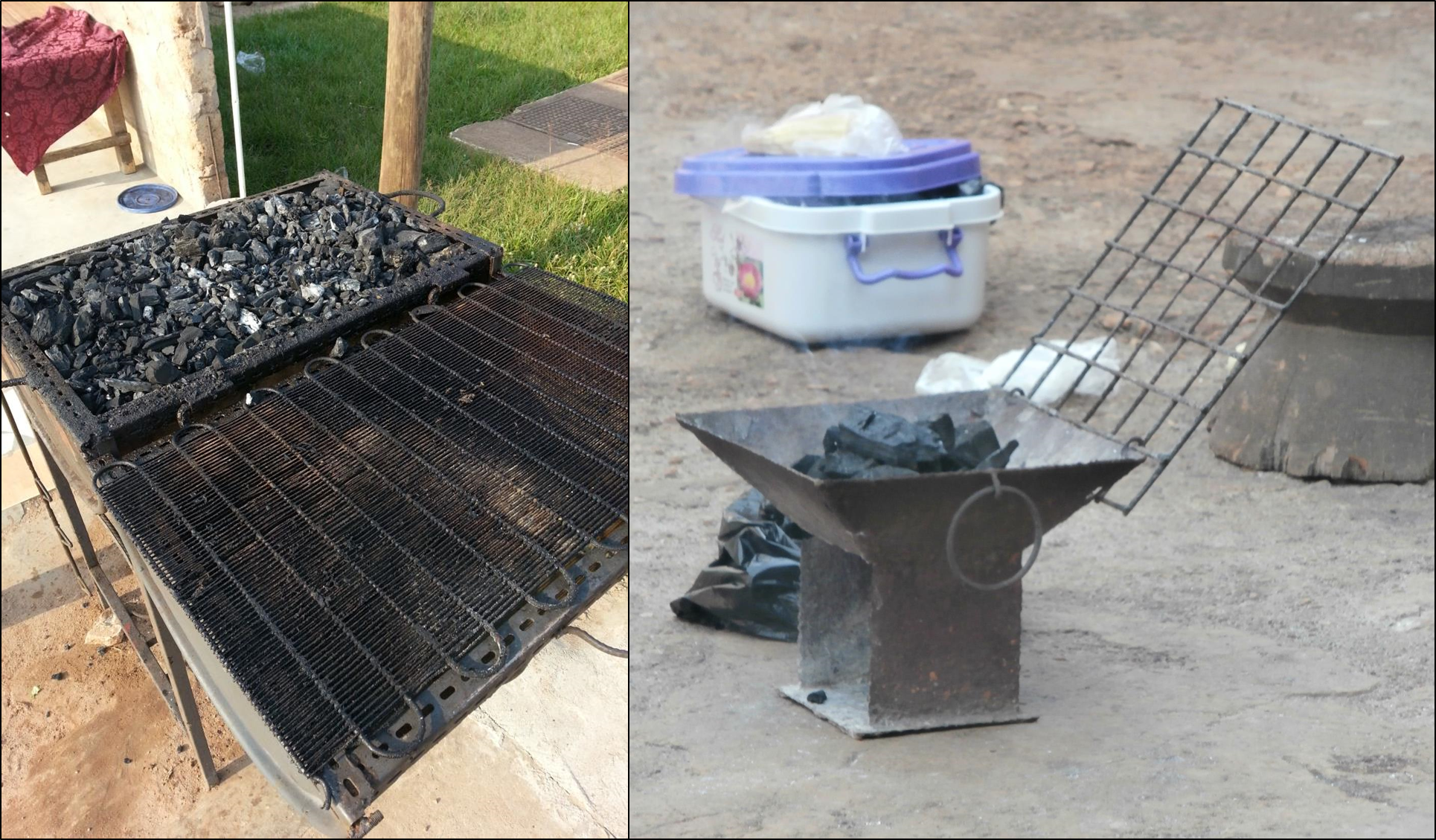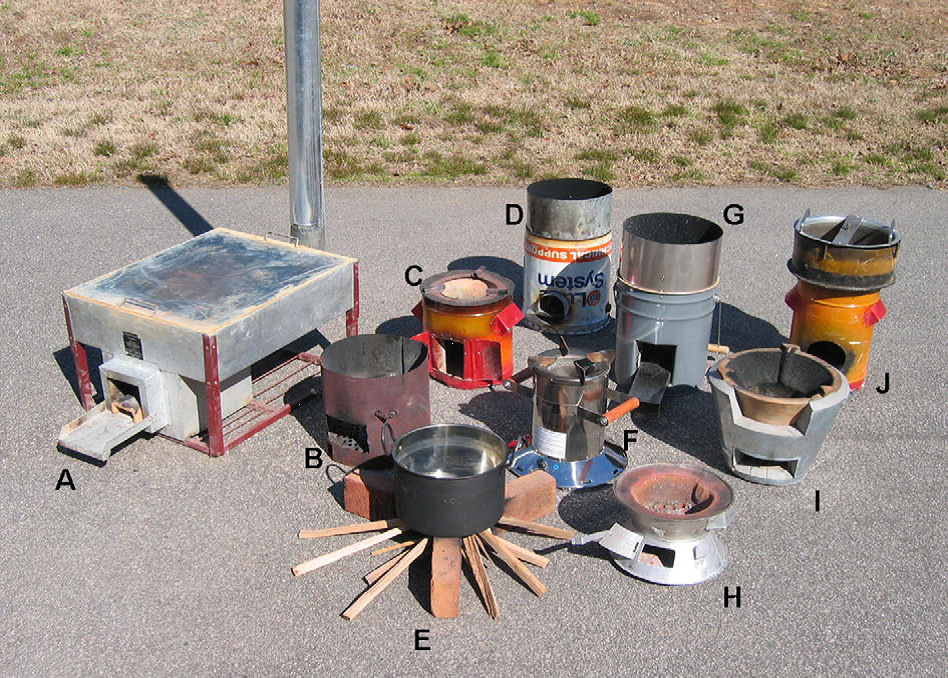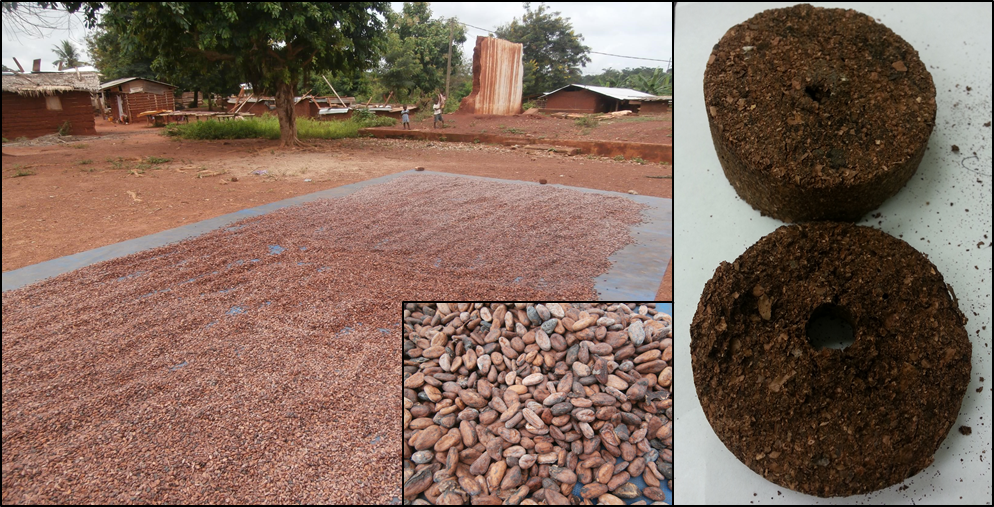More than three billion people rely on solid fuels such as biomass and coal for the energy needed to cook and stay warm. In the World’s least developed countries, solid fuel is the primary cooking fuel for over 80% of the population. Indoor air pollution ranks in the top four leading risk factors for death worldwide—trailing only malnutrition, unsafe sex and unsafe water. Acute lower respiratory infection is the leading cause of death for children under the age of five, killing more children than malaria and HIV/AIDS combined. Furthermore, urban demand for wood-based fuels such as charcoal drives unsustainable, large-scale deforestation. Ultimately, the byproducts of biomass combustion—which is often incomplete due to poor combustion conditions, find their way into the atmosphere in the form of emissions which are toxic and/or contribute to global climate change.
(Left) a roadside charcoal grill made from a steel drum, sign post and radiator coil; East Legon, Accra, Ghana. (Right) a small charcoal grill for domestic use; Konongo, Ghana
Improved stove designs and exhaust systems can lead to more complete fuel combustion, and significantly reduce the risk of indoor air pollution. The choice of fuel form and source can also improve the scenario by further enhancing combustion conditions, and by curbing the demand for harvested wood.
A number of different stove designs for biomass combustion. Jetter et al., Biomass and Bioenergy 33 (2009) 294
As part of the National Science Foundation’s Research Collaborative Network, Will travelled with Dr. Abagail Mechtenberg to Ghana for a firsthand introduction to the development of appropriate agriculture technology. As a result, Will began collaboration with Dr. Richard Opoku of the Kwame Nkumah University of Science and Technology (KNUST), who is focused on creating solid biomass fuel briquettes from agricultural wastes prevalent in Ghana and other parts of West Africa. Dr. Opoku, along with KNUST Masters student Eugene, are fabricating and testing the performance of prototype fuel briquettes made from various biomass waste streams in the regions surrounding Kumasi. Thus far, the focus of the Crozier Group has been quantitative calorimetry of several of Dr. Opoku’s briquette formulations. Moving forward, the Crozier Group’s experience with atmospheric aerosol characterization and fuel conversion science presents many intriguing possibilities for correlative studies into the performance and implications of these novel solid biomass fuels.
(Left) drying cocoa pods, (Right) ground cocoa pod husk compacted to form a briquette



